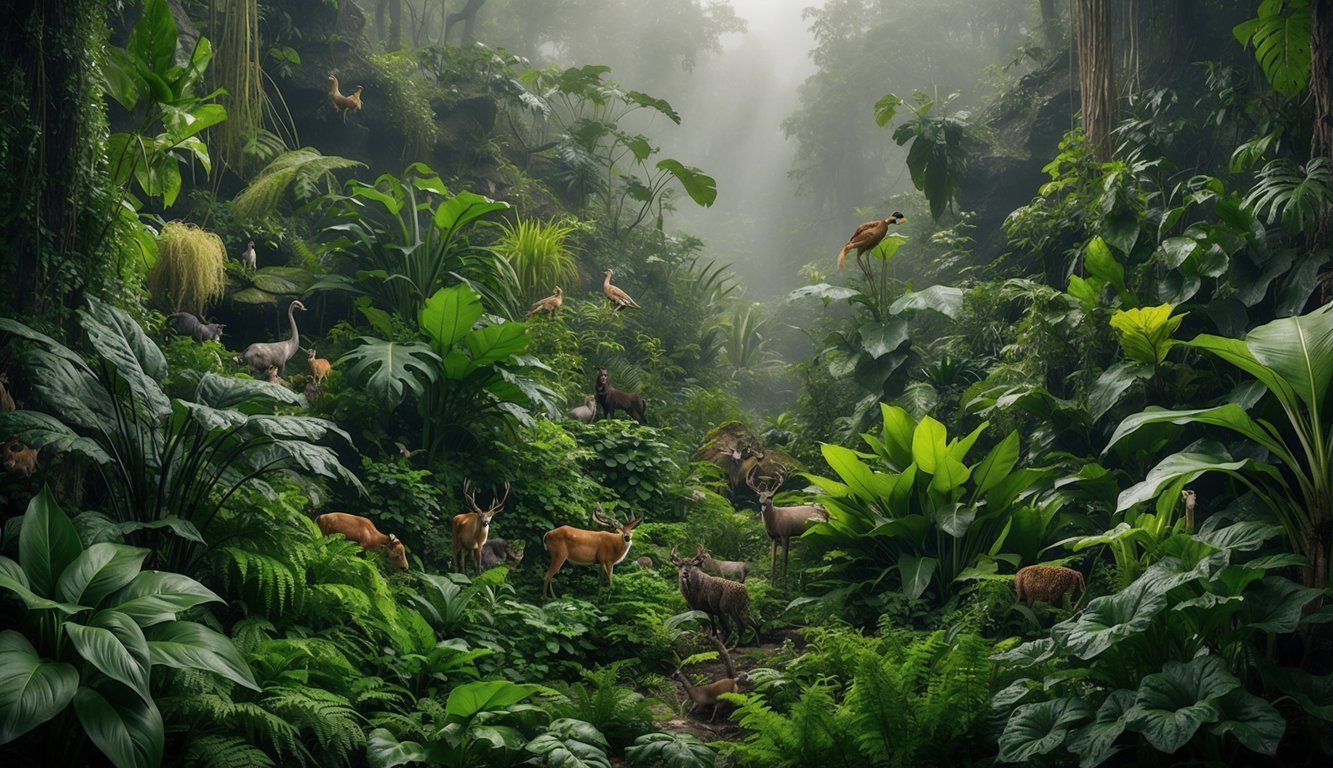Evolution is not a linear journey but a complex network
Recent research reveals that ferns can evolve their reproductive strategies in a non-linear fashion, occasionally regressing to simpler forms.

Mystery Metallic Ring in Kenya Sparks Space Debris Investigation
January 14, 2025
Despite initial claims of space debris, experts are puzzled over a 1,100-pound metallic ring in Kenya, with ties to an Ariane V mission deemed unlikely.
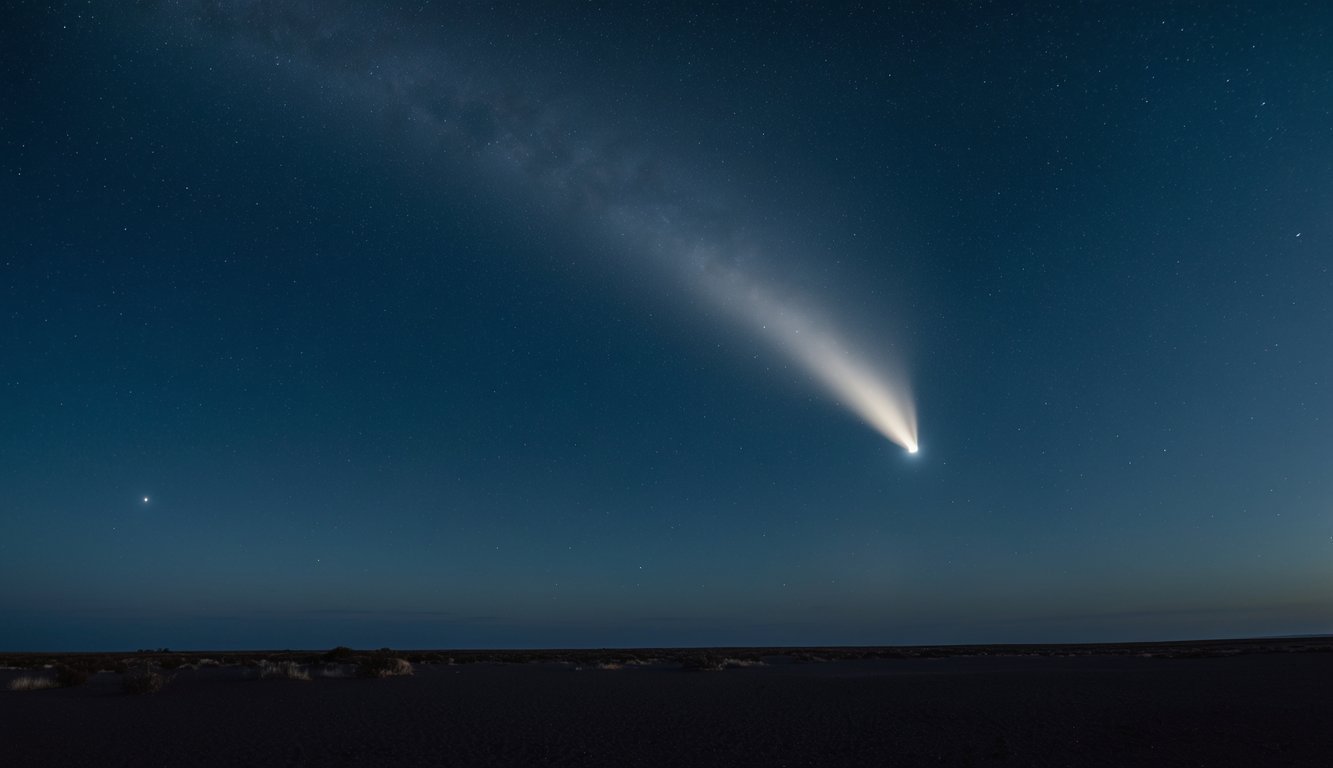
Comet Atlas C/2024 G3 to Dazzle Skywatchers in January
January 14, 2025
Comet C/2024 G3, making its closest approach to the sun on January 13, 2025, promises a breathtaking sight for southern hemisphere skywatchers, if it survives the heat.
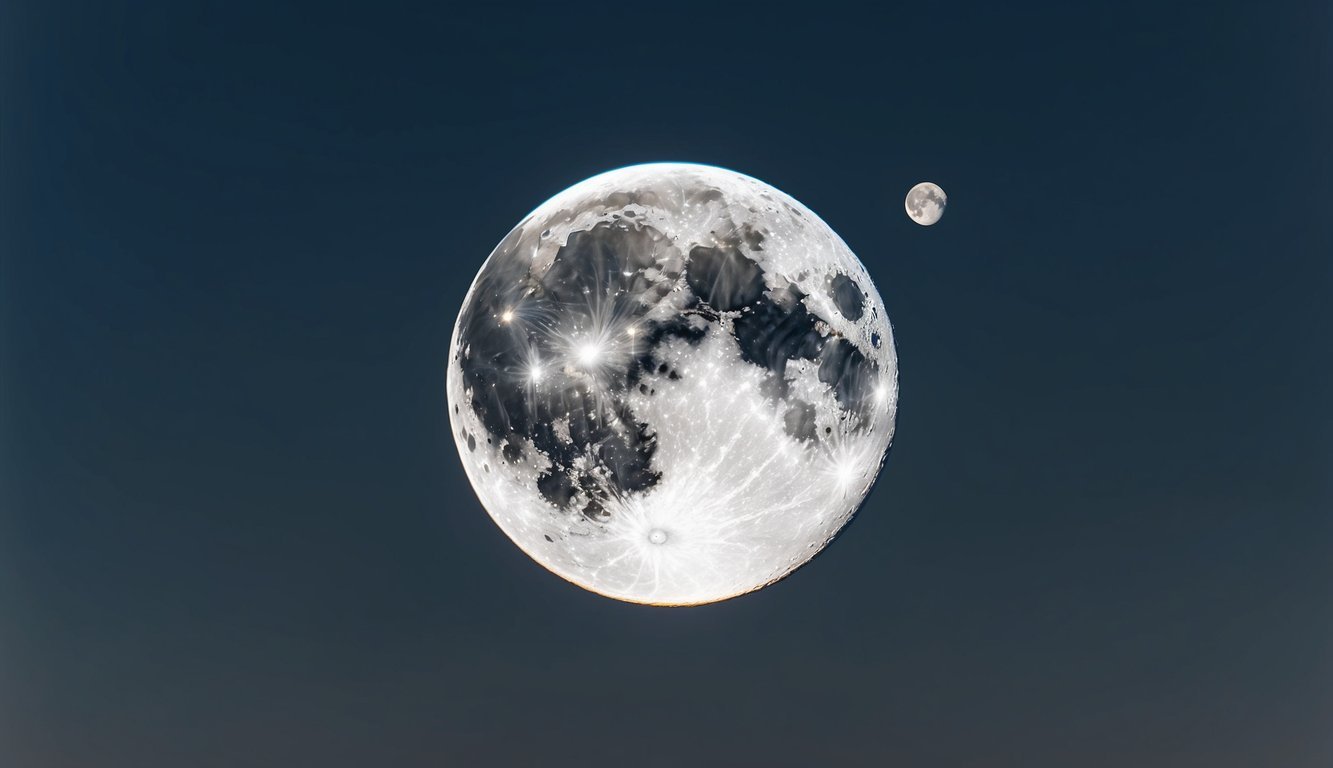
Moon Occults Bright Mars Tonight: Rare Celestial Event
January 14, 2025
Tonight, witness a rare lunar occultation where the full “Wolf Moon” obscures bright Mars, a stunning event visible across much of North America!

Nature’s Longest Tails: From Lizards to Sharks
January 14, 2025
Research reveals that grass lizards boast the longest tails relative to body size, while thresher sharks excel with their lengthy tails used for propulsion and hunting.
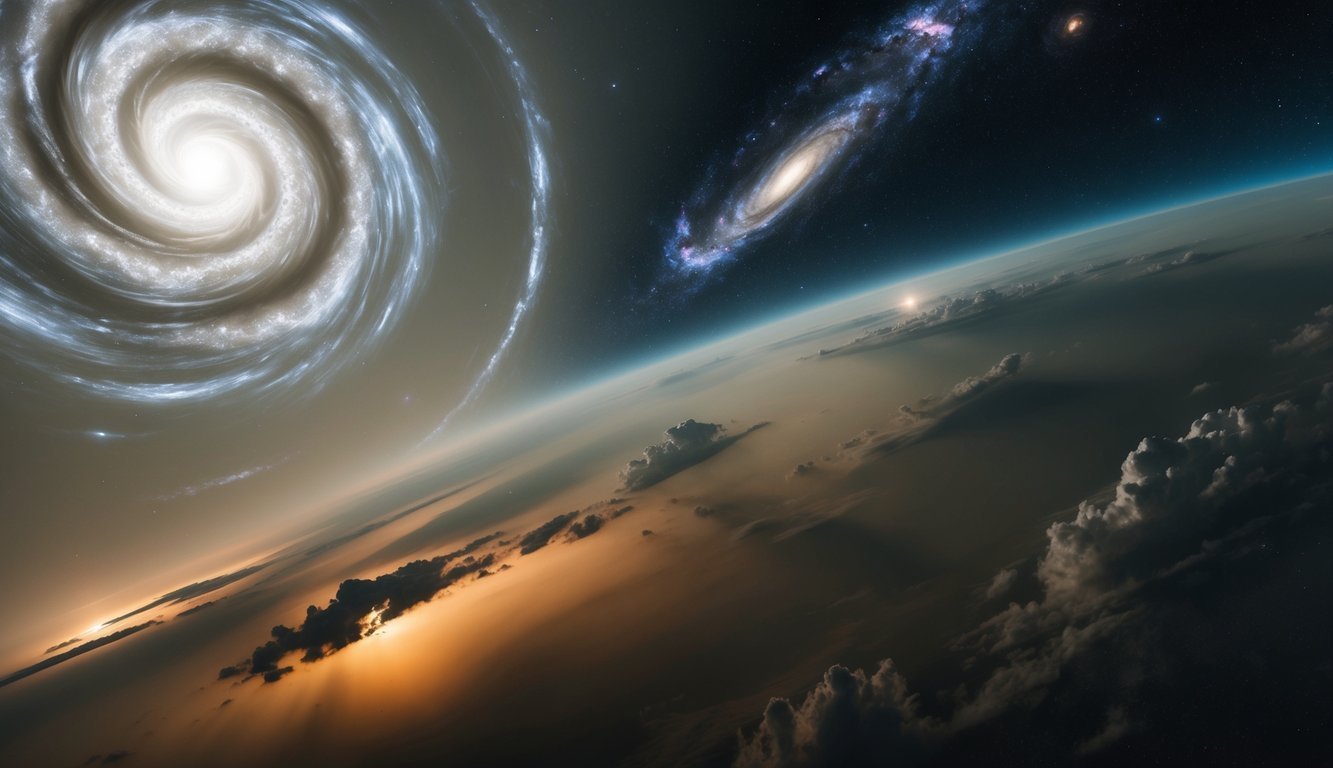
Timescape Model Challenges Dominance of Dark Energy Concept
January 13, 2025
New research utilizing supernova data suggests the Timescape model could better explain cosmic expansion than the conventional Lambda-CDM framework.
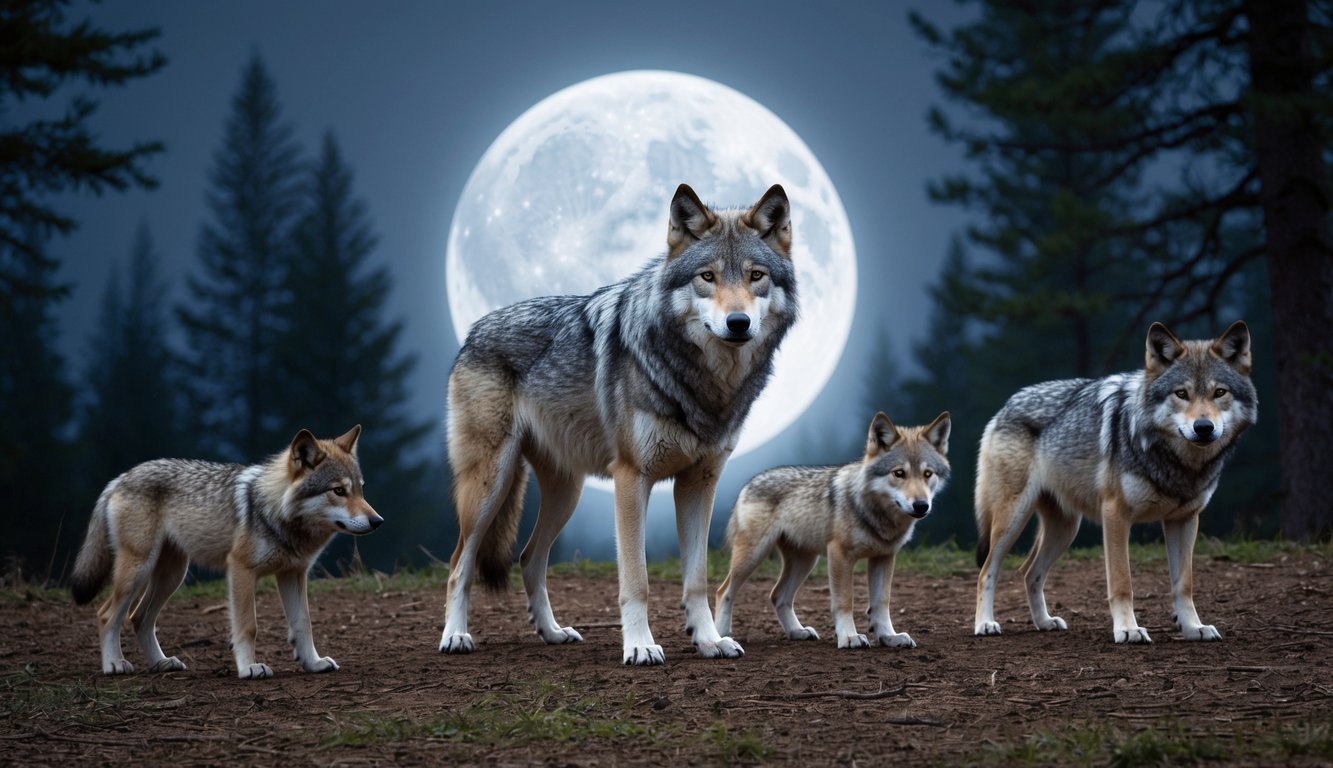
Queen of the Wolves 907F Dies Defending Her Pack
January 13, 2025
The death of Yellowstone’s “Queen of the Wolves,” 907F, at 11.7 years highlights the harsh realities wolves face, yet her legacy inspires admiration and tribute.

Time Travel Possible by Reexamining Entropy and Closed Timelike Curves
January 13, 2025
New research suggests time travel might be possible without paradoxes by rethinking entropy’s role in a universe with closed timelike curves.

Encouraging Risky Play Promotes Healthy Child Development and Resilience
January 13, 2025
Research reveals that risky play fosters essential skills in children, enhancing resilience, confidence, and social abilities while promoting healthy development.

